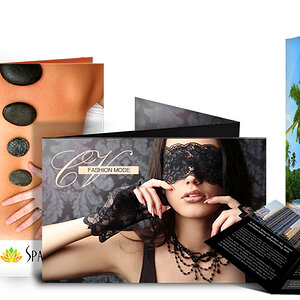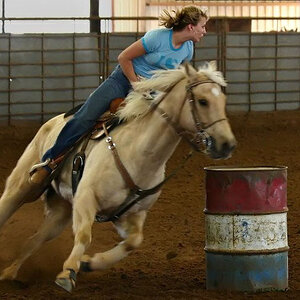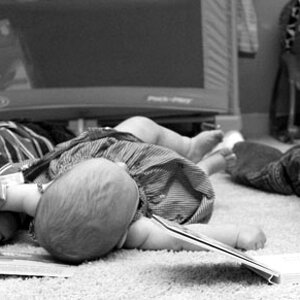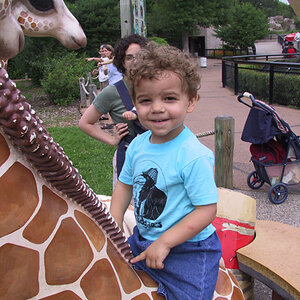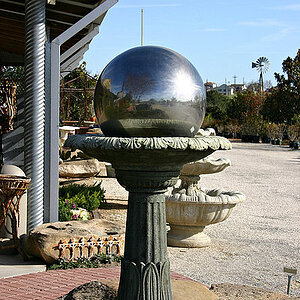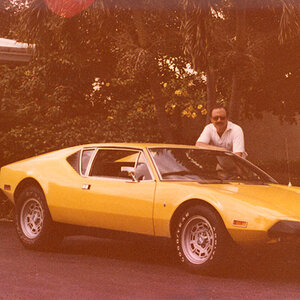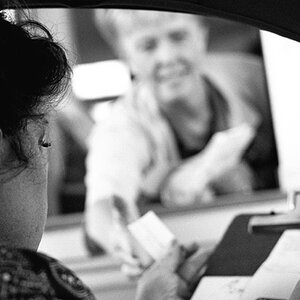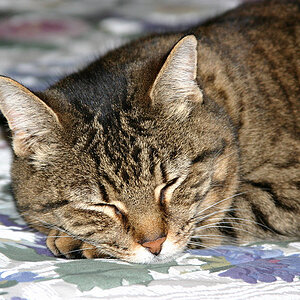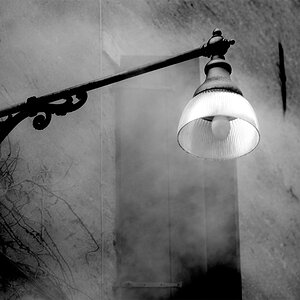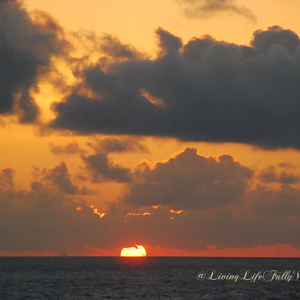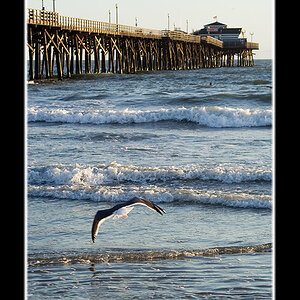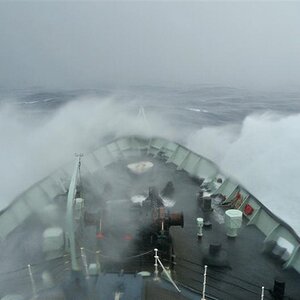Hi. I do interior photography as one of my jobs. I use Photmatix to combine 3 bracketed shots(-2,0,+2 stops) and it usually works out OK. But I can never get my shots to look like these:
Värendsgatan 5, ÅSEDA - Svensk Fastighetsförmedling
How are these taken? The interiors are exposed perfectly, as well as the exterior, the incandescent lights, and even candles. And the colors are all neutral too!
Here are a few of shots that I would have a very hard time with.
Please do not post images to which you do not hold rights. You may post links.
Looking at image Sample 3(the exterior of the building). As the arrows show, the area under the canopy which is in the shade, as well as outside which is in the full sun, are exposed perfectly. If this was a bracketed shot, there would be at least some movement in the leaves. Which makes this even more baffling for me.
Your advise would be appreciated.
Mikea
Värendsgatan 5, ÅSEDA - Svensk Fastighetsförmedling
How are these taken? The interiors are exposed perfectly, as well as the exterior, the incandescent lights, and even candles. And the colors are all neutral too!
Here are a few of shots that I would have a very hard time with.
Please do not post images to which you do not hold rights. You may post links.
Looking at image Sample 3(the exterior of the building). As the arrows show, the area under the canopy which is in the shade, as well as outside which is in the full sun, are exposed perfectly. If this was a bracketed shot, there would be at least some movement in the leaves. Which makes this even more baffling for me.
Your advise would be appreciated.
Mikea
Last edited by a moderator:


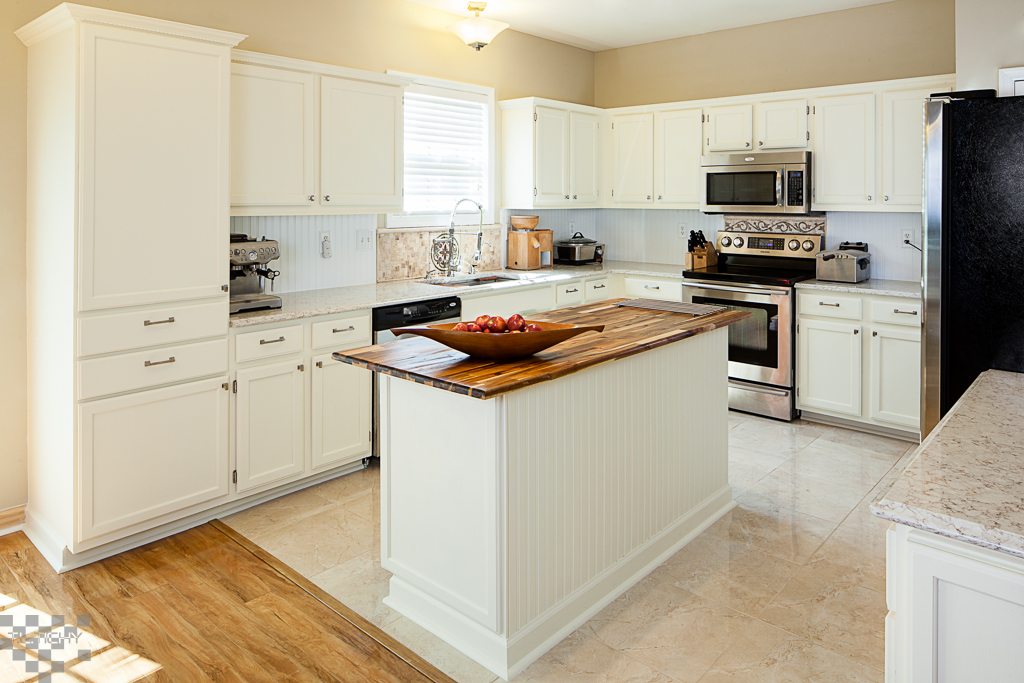 For Rent: Kitchen
For Rent: Kitchen